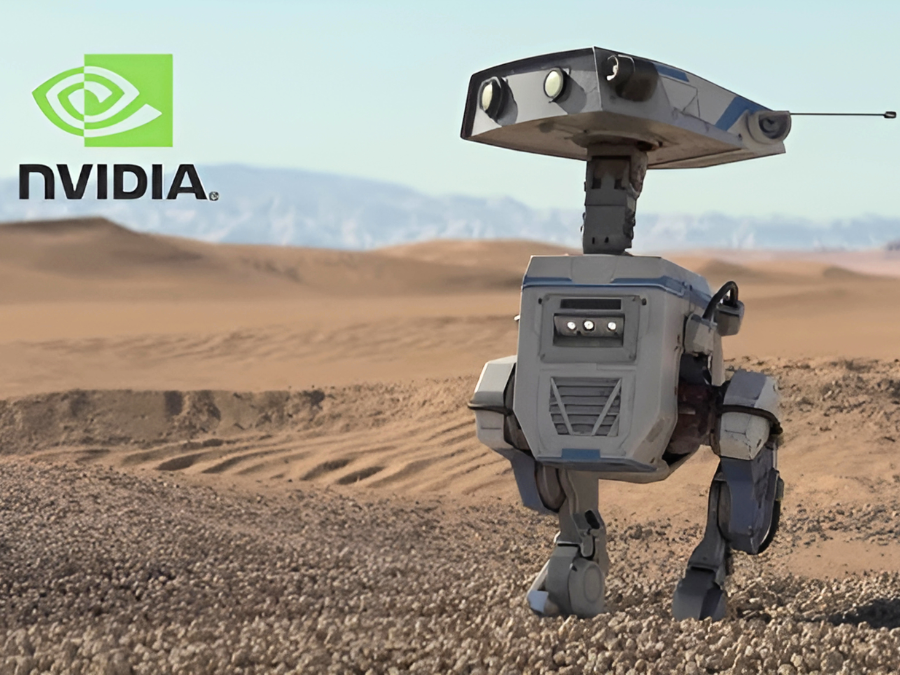The dream of a fully automated home has shifted from science fiction to a bizarrely mundane reality. We’re no longer just asking robots to vacuum our floors we’re commissioning them to blow on our soup make our beds and crimp our burritos. This new wave of “effort-saving” tech promises liberation from chores; but as a flurry of recent viral gadgets hits the market, a crucial question emerges: are we optimizing our lives or just outsourcing our competence to a fleet of hyper-specialized, subscription-locked machines?
The landscape of smart home technology is splintering. On one end, you have integrated, high-end ecosystems; think LG’s InstaView fridges and self-emptying Roborock vacuums; that aim to be the seamless brain of a modern kitchen. On the other, a circus of single-task gadgets like the $8,000 Posher cooking robot or the Neco Fufu drink-cooling cat vie for our counter space. For the tech-savvy homeowner, the real challenge is no longer if a gadget can be automated, but whether the automation genuinely adds value or simply adds another layer of complexity and maintenance to manage.
So, what does it look like when you hand over your culinary duties to an AI-powered chef? The process is both mesmerizing and slightly unnerving. To see the Posher robot in action, autonomously flinging ingredients and simmering a perfect paneer masala, check the video below; it’s a glimpse into a future where your biggest contribution to dinner is pressing ‘start’.
The $8,000 Automated Chef Reveal
The core innovation here isn’t just mechanics; it’s machine vision. The Posher uses a camera to monitor the cooking process, with AI determining when to add water, oil, or spices. This moves beyond simple timer based cooking into what amounts to a robotic sous-chef. This “killer feature” also highlights the product’s biggest flaw; it automates the fun part (the cooking) while leaving the tedious prep and clean-up entirely to you.
| Feature | Traditional Cooking | Posher Robot | Why It Matters |
| Execution | Human intuition & timing | AI-powered machine vision | Promises consistent, restaurant-quality results without skill. |
| Prep/Cleanup | Integrated process | Entirely manual for the user | The robot solves one middle step, not the entire chore. |
Contrast this with a more holistic approach to a “dream kitchen,” where integration is key. A setup featuring a Ninja Creami for dessert and a symphony of smart, simple-human bins and sensor pumps creates a workflow that feels efficient, not disjointed. The Posher is a spectacular party trick but it’s the cohesive ecosystem where appliances work in concert without demanding a subscription for imported recipes that truly moves the needle on daily effort.
But how do these high-end aspirations hold up against a reality of clever, integrated design? To see a kitchen where every gadget, from the toaster to the trash can, has been curated for seamless real-world use, watch the hands-on tour below. The difference between a collection of gadgets and a truly smart kitchen becomes instantly clear.
The Integrated Dream Kitchen Test
The verdict on ultra-lazy tech is often determined by its ecosystem fit and hidden costs. That smart bin that auto-seals bags is brilliant; but it locks you into proprietary refills. The bed-making smart duvet is an engineering marvel; but its temperature control is vastly inferior to dedicated systems like Eight Sleep. This is where the real calculation happens for savvy buyers.
At $8,000 plus a potential subscription for more recipes, the Posher robot is a hard sell for anyone but the most time-poor and cash-rich individual, especially since it doesn’t handle prep or cleanup. A better approach to a smart kitchen is focusing on integrated, high-quality appliances that reduce friction like self-drying dishwashers, intuitive blenders, and robotic vacuums rather than niche single-taskers that create more problems than they solve.
The community reaction to these gadgets is a mix of awe and skepticism. Watching a robot window cleaner methodically tackle a greasy pane is impressive; but seeing it miss the edges feels like hiring a cut-rate contractor. The most successful devices, like the Ninja Creami, earn their place by delivering an outcome (incredibly smooth, healthy ice cream) that is genuinely difficult to achieve otherwise, justifying their specific, multi step process.
The Cheap Tech Wildcard
The laziness revolution is here but it’s fraught with contradictions. The ultimate lesson is that the best smart home tech shouldn’t feel like tech at all it should quietly erase friction, not add to it. While the high concept robots are fun to watch the real winners are the devices that solve a genuine pain point without creating new ones. Before you invest in a machine to blow on your tea ask yourself are you buying a solution, or just a very expensive conversation starter? In the end, the smartest purchase might still be a good old-fashioned spoon.

